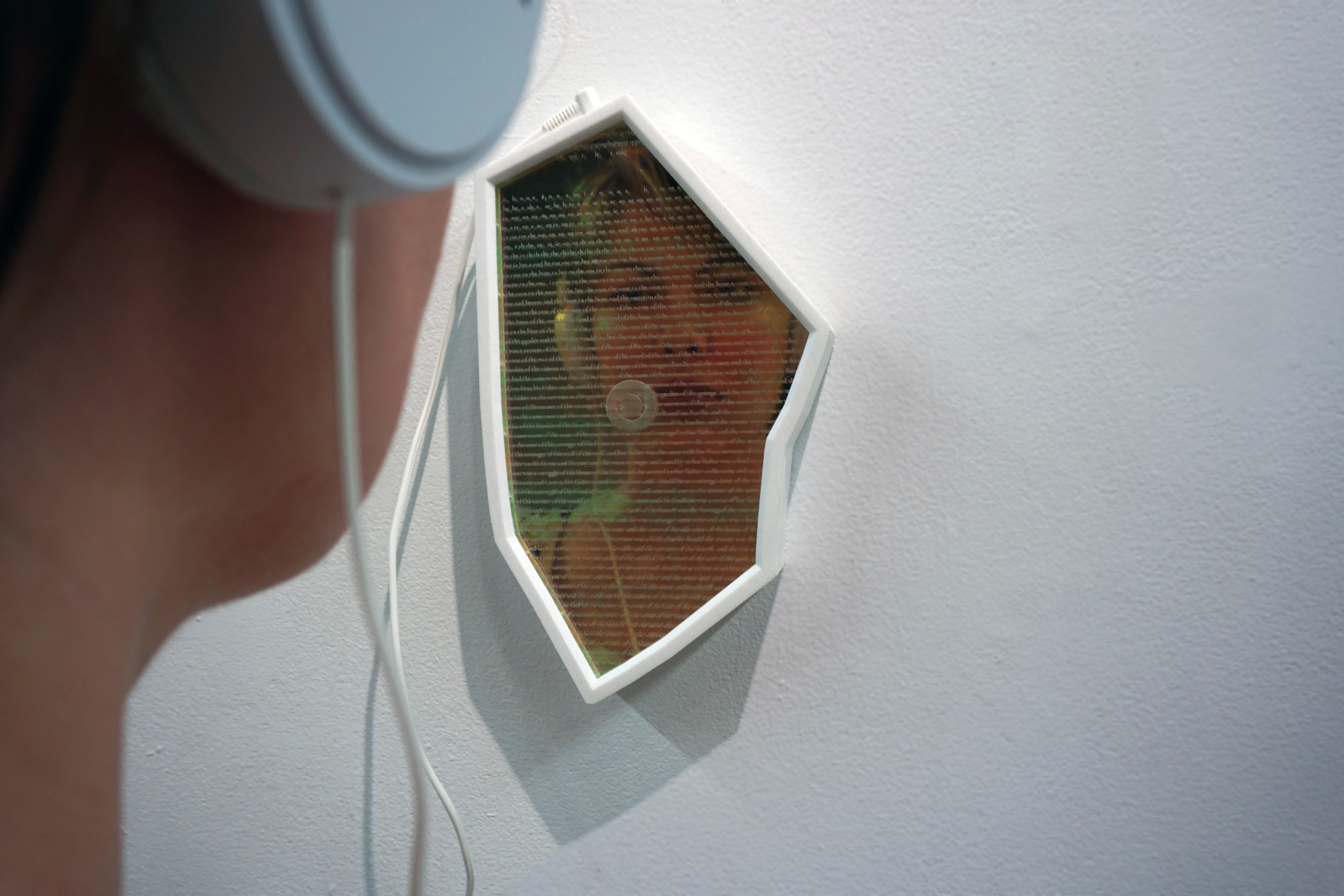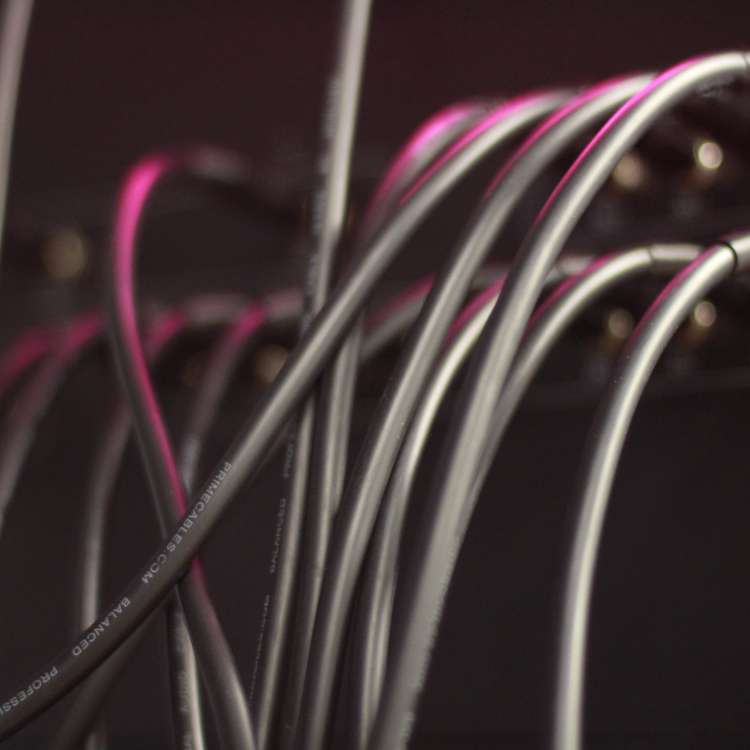About
Sofian Audry
Sofian Audry creates computational artistic works through different forms such as robotics, interactive installations, immersive environments, physical computing interventions, internet art, and electronic literature. His work is inspired from visual art, artificial intelligence, artificial life, biology and cognitive sciences. Audry studied computer science and mathematics at University of Montreal where he completed a master in machine learning; following which he obtained a master in communication (interactive media) at UQÀM. His PhD is in Humanities from Concordia University. In 2017, he was a Postdoctoral Fellow at the Massachusetts Institute of Technology and between 2017 and 2019 he was an Assistant Professor of New Media at the University of Maine. Sofian is Assistant Professor of Digital Arts & Sciences in the Department of Communication, Media & Design at Clarkson University (USA). He is actively involved in his community as part of artist-run center Perte de Signal (Montréal, Canada) which he led as president of the board in 2009-2017, and as lead developer of open source video mapping software MapMap. His work and research have been presented in multiple international events and venues.
Medias
Art + artificial agents
Driven by a fascination for autonomous, adaptive and self-organizing systems, Sofian Audry uses technologies from artificial intelligence and artificial life in the construction of evocative machinic assemblages. Through them and the relationships they develop with the real world, he engages directly in natural-cultural processes. In this talk, the artist discusses his exploration of artificial agents and behaviors as technocultural vehicles of aesthetic experience. His recent works involves a critical material involvement with machine learning algorithms. Taking as a starting point the desires, motivations, and fragility of artificial intelligence systems, Audry's work inverts, so to speak, the locus of control, as neither the artist nor the audience have direct control over these autonomous processes.
Medias
Medias

